Hi! The harness is designed for mostly floor work but it can be used for suspensions by experienced practitioners :)
Shibari Study Support
Berlin, Germany
Replied on Kinoko's TK2 | Tutorial
Replied on Bamboo Ties | Legs
Replied on Beast Tie | Partial Suspension
Replied on Beast Tie | Partial Suspension
Replied on Floor Play Flow
Replied on Tenshi Harness by Ropunawa (UNPUBLISHED)
Replied on Tenshi Harness by Ropunawa (UNPUBLISHED)
Replied on Tenshi Harness by Ropunawa (UNPUBLISHED)
Replied on Self-Tied Butterfly Harness | Tutorial


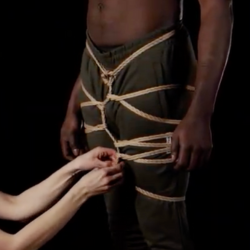
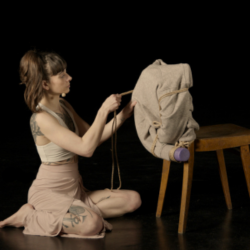
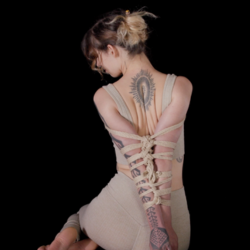
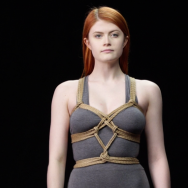
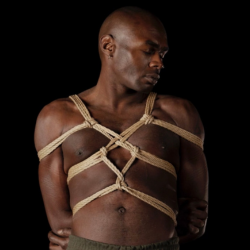
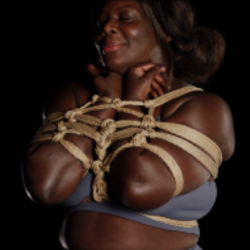
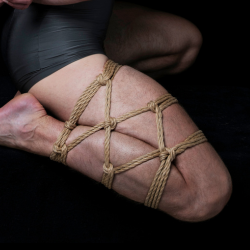
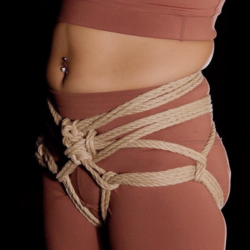
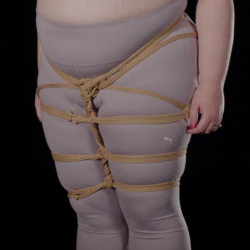
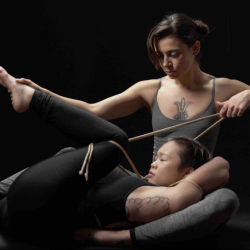

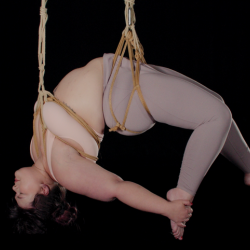
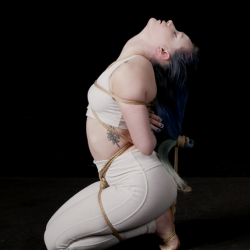
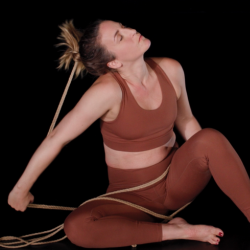
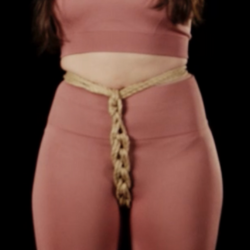
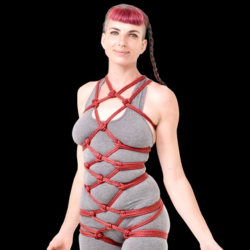



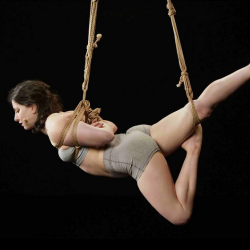
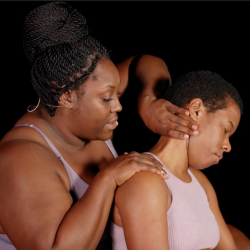
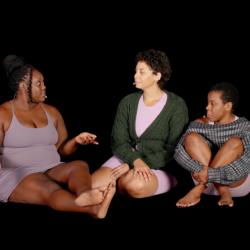
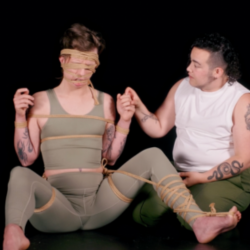
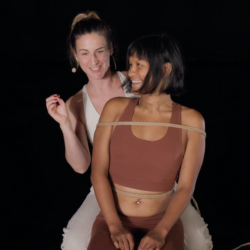
Replied on Exposure And Closure | Lecture
19 Mar 16:01
Welcome to the community!❤️ We're happy to hear that you were able to find some inspiration in this course :)